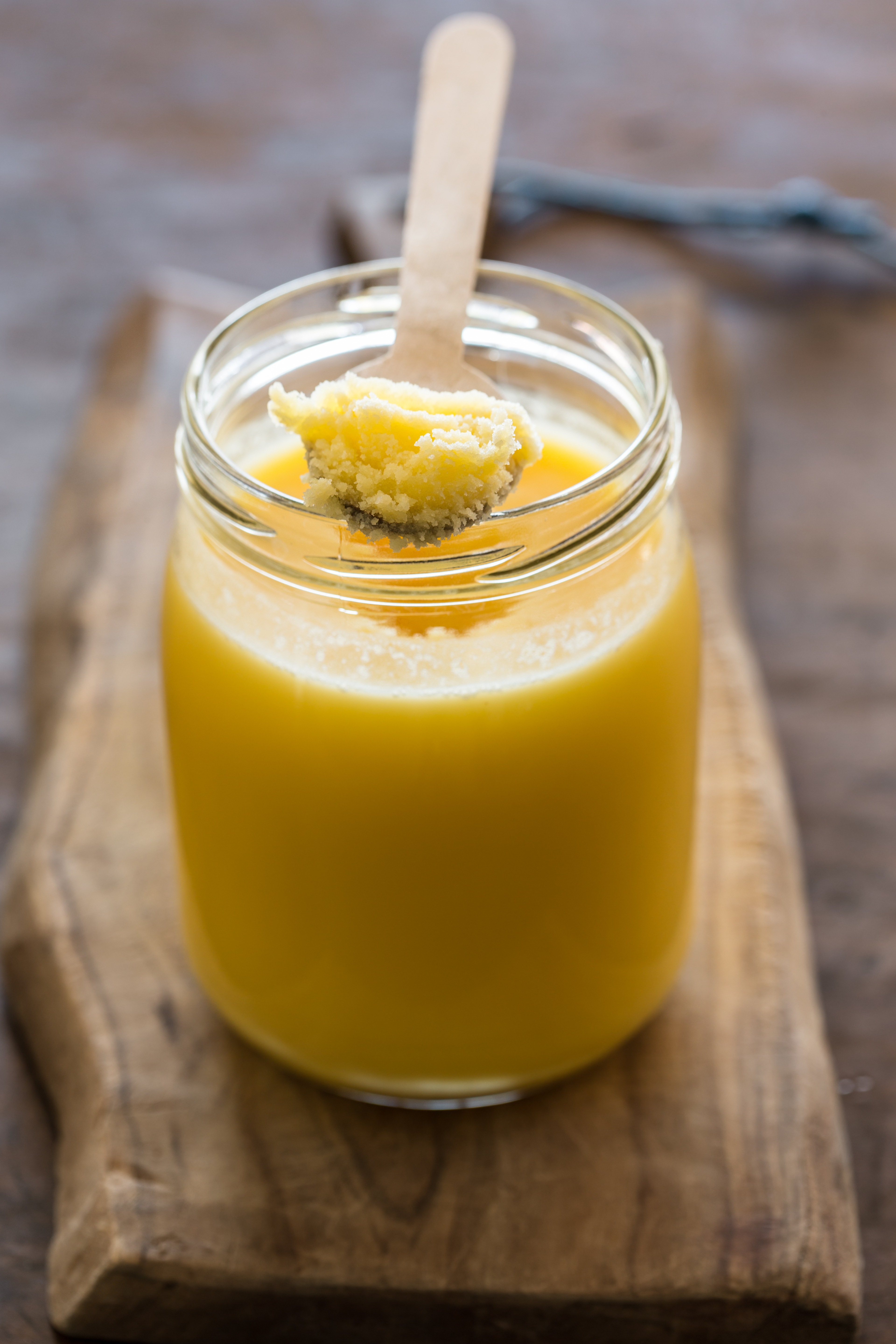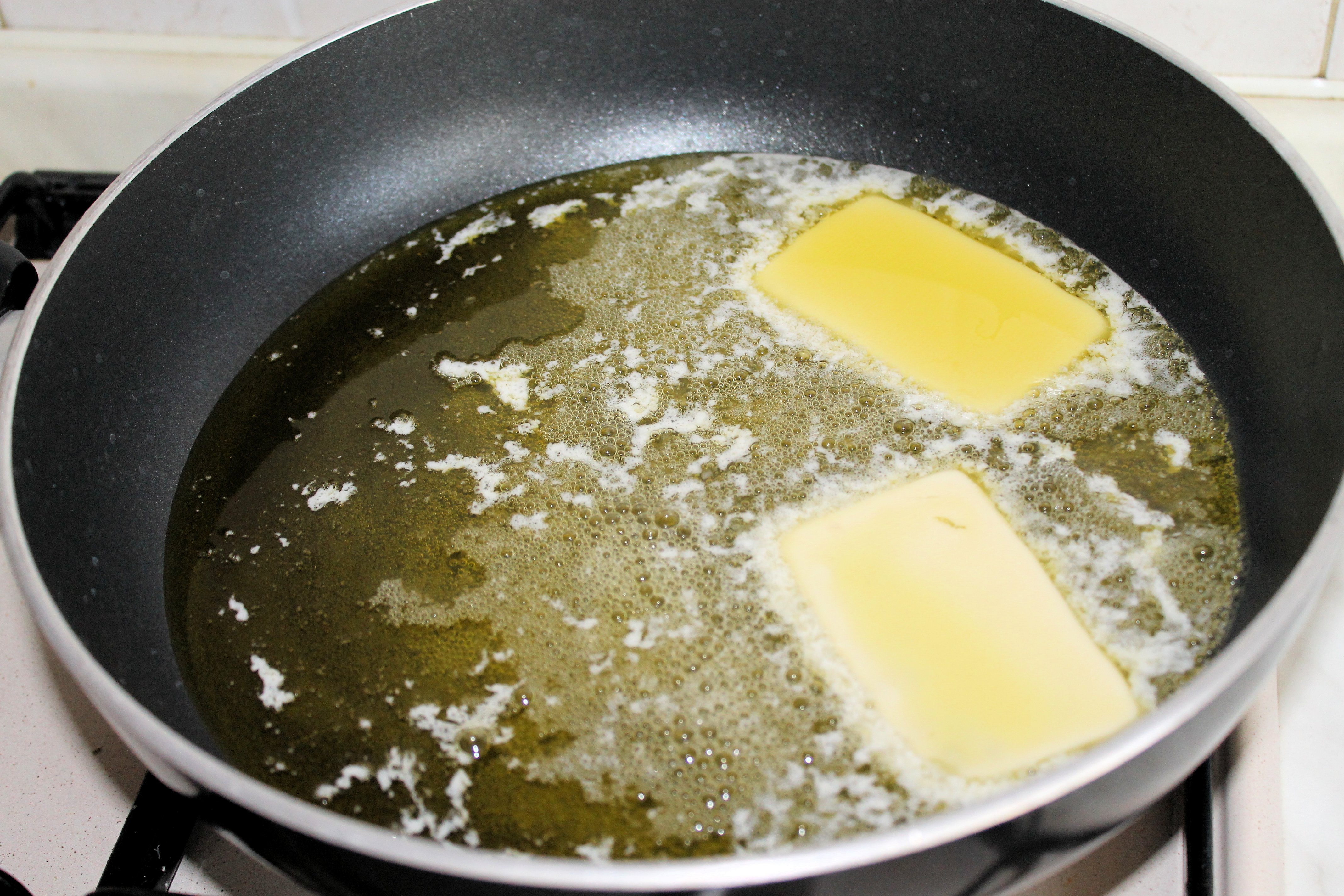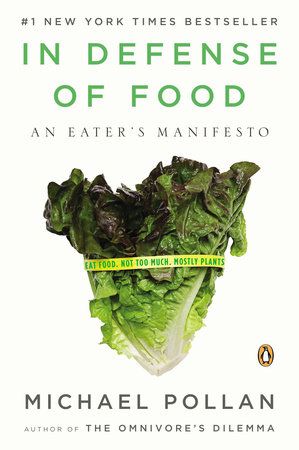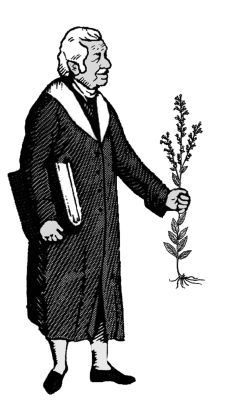I Love Fat
Published: Tue, 06/07/16
June 8, 2016
I Love Fat Mishelle Knuteson, M.H.

We are in an age where nutritionism has scared the public out of eating fat. The emphasis is on “low fat” everything. Eating the right types of fat in your diet is very important to the body. Fat helps to lubricate the joints, protects the organs, helps to create a healthy heart and brain and so much more. Some of the most common healthy fats are avocados and avocado oil, nuts, seeds, coconut oil, extra virgin olive oil and flax oil. From this list the only oil that you can
possibly cook with is coconut oil. Nutritional value breaks down when the other oils are heated at higher temperatures. Unfortunately, my family isn’t very fond of the flavor or smell of coconut oil. They want butter! Well I was introduced to an alternative that I want to introduce you to if you haven’t been already…..Ghee.
Ghee is a clarified butter that is heated longer. What this means is ghee is butter that has had the moisture, milk solids and impurities removed. The absence of the moisture and milk solids make ghee shelf stable. Ghee has one of the highest flash points (485ºF) which make this oil the best choice if you want to cook at higher temperatures.
Ghee also has many nutritional and health benefits. It is rich in vitamins A, E, D and K. It has Omega 3 and Omega 9 essential fatty acids. Much like coconut oil, ghee is rich in medium chain fatty acids, which are absorbed directly by the liver and burned as energy. The energy from these medium chain fatty acids can be used to burn other fats in the system and help in weight loss.
Ghee (unlike other oils) is rich in butyric acid, a short chain fatty acid, which aids in better digestion and intestinal wall support. Butyric acid also supports the production of killer T cells in the gut therefore helping to build a strong immune system.
The purity of ghee allows it to be deep penetrating and nourishing as it passes through the lipid membranes of cells. For this reason, the vitamins and minerals from food cooked in ghee will be drawn deep into the body, helping to increase the assimilation of the nutrients. When you add spices to ghee to cook with, the flavor is carried deep into the food. Many herbal preparations use ghee as the carrier oil because of these characteristics. I make a body butter that really nourishes my body
made from equal parts of ghee, coconut oil and cocoa butter.
To top it all off, Ghee tastes and smells wonderful and is easy to make in your own home. Since the milk solids and impurities have been removed people who are lactose or casein intolerant have no issues with ghee. It has become my favorite choice of a healthy fat that I add to my diet every day.
Mishelle Knuteson is certified in Rapid Eye Technology (RET) an emotional release therapy, teaches classes in The Art of Feminine Presence and a Master Herbalist ~ graduate of The School of Natural Healing. Mishelle currently works as an Educative Master Herbalist (MH) for The School of Natural Healing and as Office Manager of Christopher Publications.
If you missed an article be sure to visit http://www.herballegacy.com and click on Articles. Also, take advantage of David Christopher's Radio Show (see Resource Links below for more information).
Ghee
1 pound unsalted butter

Put the butter in a heavy, medium-sized pan. Turn the heat onto medium until the butter melts.
Turn down the heat until the butter just boils and continue to cook at this heat. Do not cover the pot. The butter will foam and sputter while it cooks. Whitish curds will begin to form on the bottom of the pot. The butter will begin to smell like popcorn after a while and turn a lovely golden color. Keep a close watch on the ghee, as it can easily burn. After a while it will become a clear, golden color. You will have to take a clean, dry spoon to move away some of the foam on top in order to see if the ghee is clear all the way through to the bottom. When it is clear and has stopped sputtering and making noise, then it needs to be taken off the heat. Let it cool until just warm. Pour it through a fine sieve or layers of cheesecloth into a clean, dry glass container with a tight lid. Discard the curds at the bottom of the saucepan. The ghee is burned if it has a nutty smell and is slightly brown.
1 pound of butter takes about 15 minutes of cooking time. The more butter you are using, the more time it will take.
Ghee can be kept on the kitchen shelf, covered. It does not need refrigeration. The medicinal properties are said to improve with age. Don’t ladle out the ghee with a wet spoon or allow any water to get into the container, as this will create conditions for bacteria to grow and spoil the ghee.
Two pounds of butter will fill a quart jar with ghee.
Recipe from the Ayurvedic Institute
Printable Version: http://www.herballegacy.com
Join us for an herb walk!
June 16th from 6:00-8:30 pm
Meet at the school 198 S. Main 3rd floor Springville.
Cost is $40
SNH students call the office for your special price.
For a limited time In Defense of Food is available at christopherpublications.com for 15% off

Originally $16 now only $13.60!
Herbal Resource Links
- Herbal Legacy - http://www.herballegacy.com - Our free information website
- The School of Natural Healing - http://www.snh.cc - Quality Education since 1953
- Christopher Publications - http://www.christopherpublications.com - Dr. Christopher's books and more
- Christopher Websites - http://www.christopherwebsites.com - Find all Christopher websites and other great resources
- A Healthier You Radio Show - http://www.ahealthieryouradio.com - Free weekly radio show
The School of Natural Healing: http://www.snh.cc
Christopher Publications: http://www.christopherpublications.com
NOTICE: All information in this newsletter is given out as information only and is not intended to diagnose or prescribe. For our official Disclaimer, Biological Individuality, Important Notice & Terms of Use please see: http://www.herballegacy.com/Disclaimer.html
This newsletter is sent by permission only - you can unsubscribe quickly and easily by clicking the link below.
.

